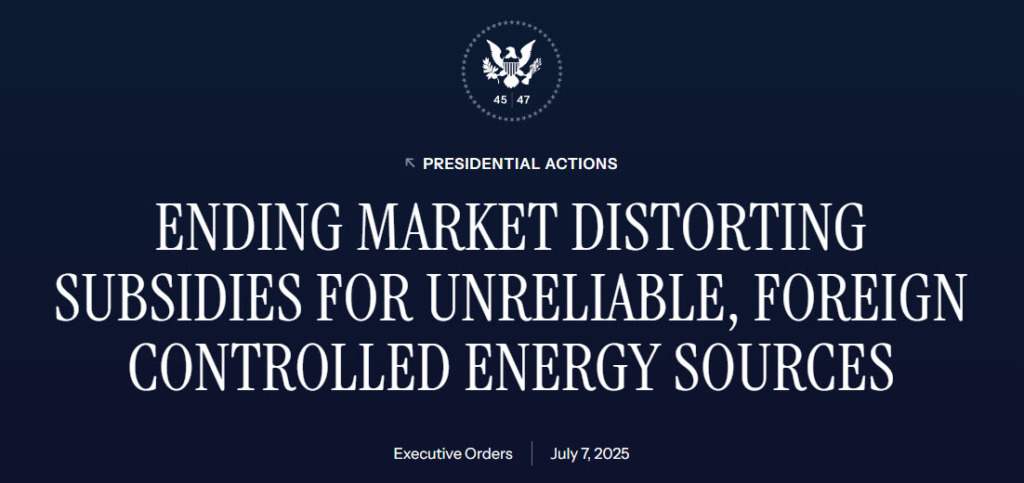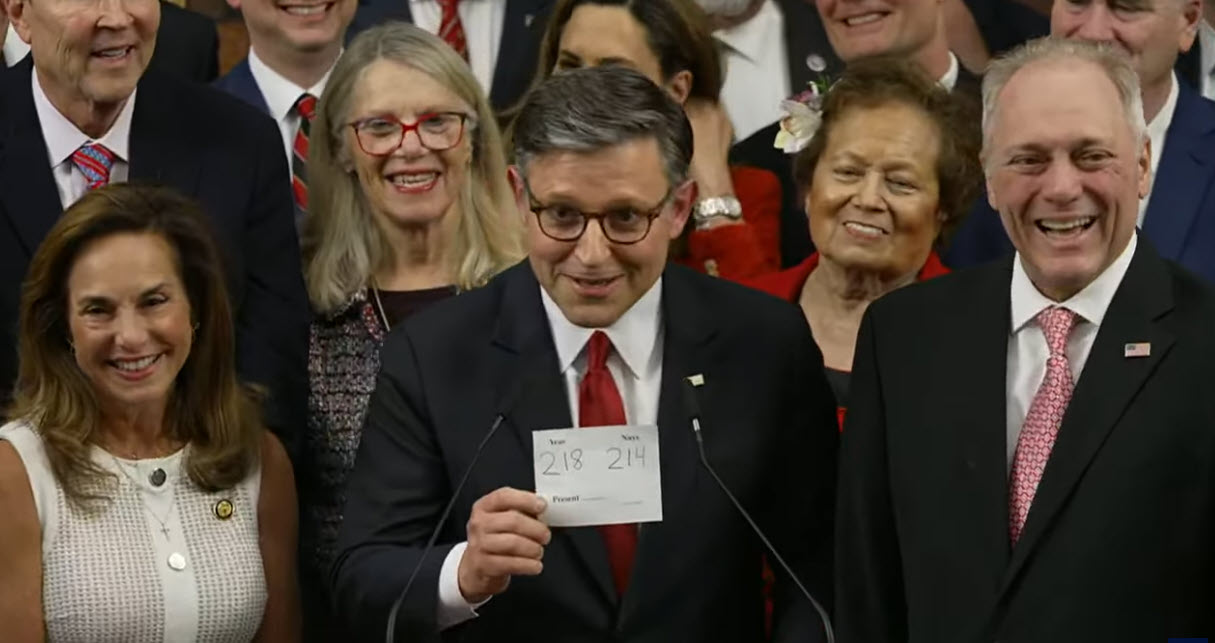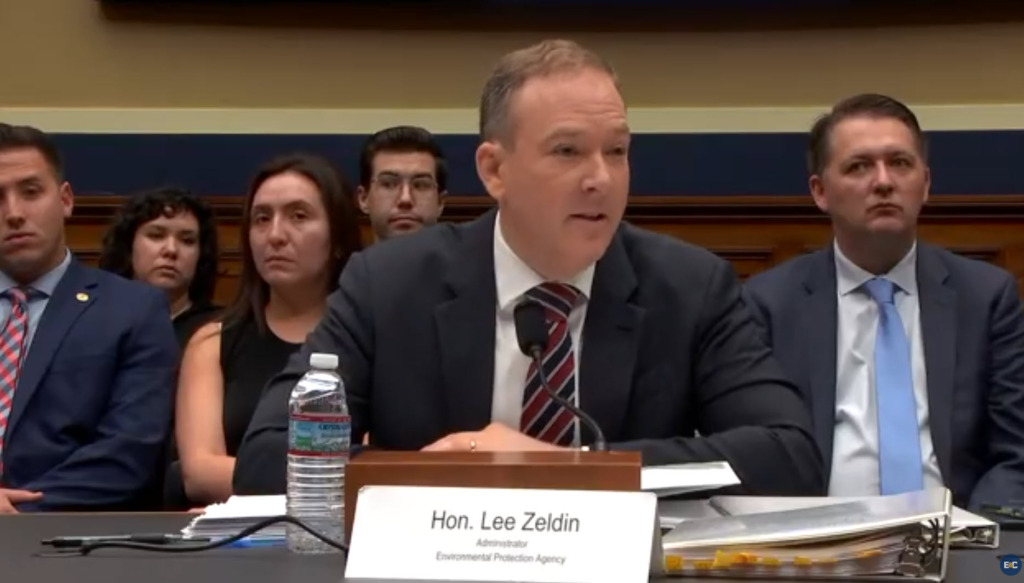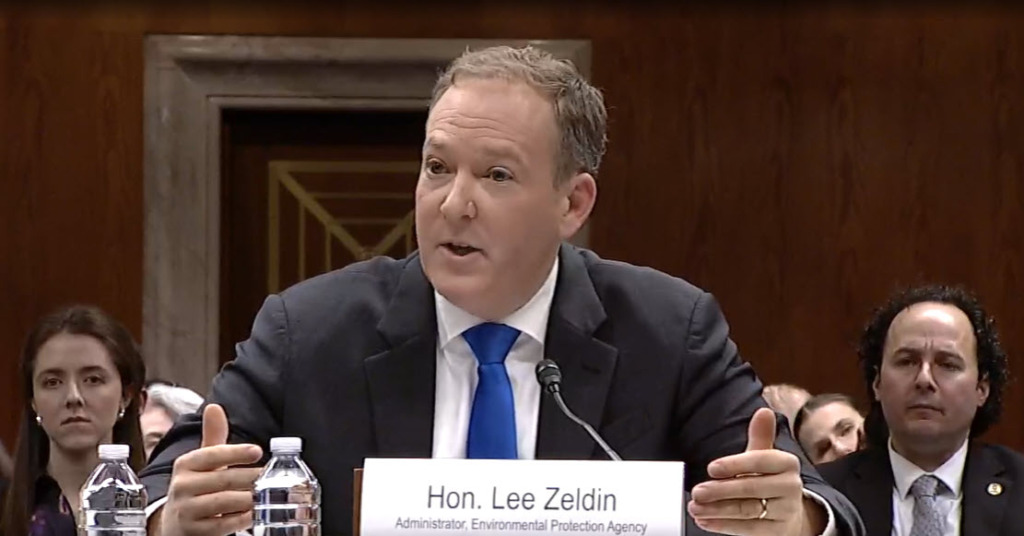
President Trump signed the “One Big Beautiful Bill Act” (OBBB) into law on July 4, enacting a sweeping overhaul of tax policy with far-reaching implications for energy, real estate, and investment. The legislation, followed by a companion executive order this week, includes provisions that scale back the Inflation Reduction Act (IRA), tax credits, and modifies rules for solar and wind development.
Clean Energy Tax Incentives
- While the OBBB Act pares down many energy tax incentives from the Inflation Reduction Act, a number of important elements remain relevant to CRE:
- The Act does not include a proposed excise tax on solar and wind projects that would have penalized facilities using materials from China and other designated foreign entities. (WSJ, June 29; CBS News, July 1; POLITICO, July 1)
- 100% Expensing Provisions: Building owners may now fully write off the costs of clean energy projects, including solar installations when placed in service, regardless of tax credit eligibility or availability. Accelerated depreciation significantly enhances return on investment for such projects.
- Tariffs and Duties: High tariffs remain in place on imported solar components, especially from Southeast Asia, as part of ongoing trade enforcement and reshoring efforts. These tariffs apply independently of any tax credit eligibility. (Solar Power World, May 20)
- Cost-Effectiveness of Renewables: Despite the policy changes, utility-scale solar and onshore wind remain the most cost-effective new-build energy sources even without tax subsidies, according to Lazard’s 2025 Levelized Cost of Energy report.
New Executive Order

- The EO directs the Treasury Department to:
- Strictly enforce the termination of clean electricity production and investment tax credits under Sections 45Y and 48E, and to more narrowly define when a project is deemed to have started construction. (Bloomberg, July 7)
- Issue updated guidance within 45 days (August 18) that tightens the definition of when clean energy projects begin construction, curtailing reliance on the long-standing “5% safe harbor” provision that allowed developers to qualify for tax credits by incurring just 5% of project costs. (PoliticoPro, July 10)
- Restrict the use of broad safe harbors unless a “substantial portion” of a project is actually built.
- The guidance also requires projects to demonstrate “continuous construction,” a threshold they can meet by completing the project within four years. (PoliticoPro, July 10)
- The move creates a layer of uncertainty for companies planning solar and wind projects that have relied on the 5% rule under IRS Notice 2021-41. Additional guidance is expected from Treasury to clarify the scope and enforcement.
ENERGY STAR

- The ENERGY STAR program long supported by real estate, manufacturing, and consumer tech industries, remains intact following the OBBB Act’s funding rescissions.
- RER continues to lead coalition efforts to preserve the program, including spearheading a June 6 letter to Congress signed by more than 30 organizations, urges continued support for ENERGY STAR as a voluntary public-private partnership. (Roundtable Weekly, June 6)
RER will work closely with Congress, federal agencies, and coalition partners to shape practical guidance and protect real estate’s role in the clean energy transition.















